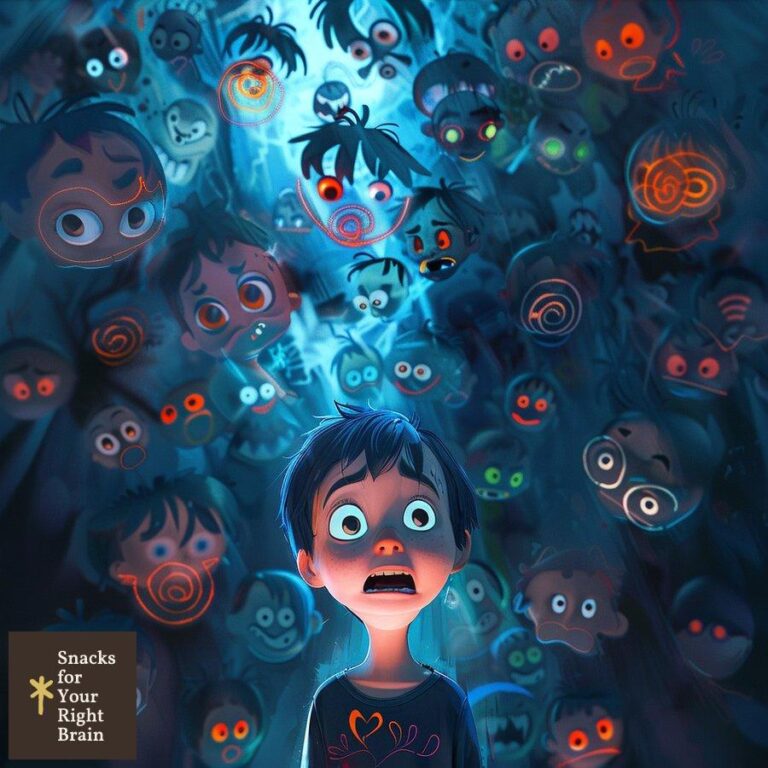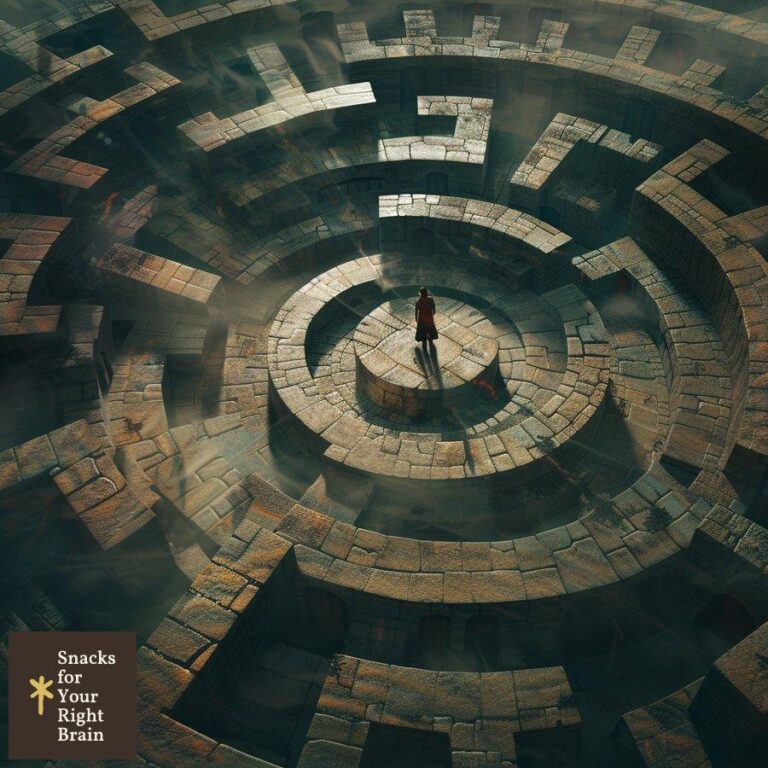What Is a Character Relationship in a Story
What defines a character relationship in a story?
Character relationships are the connections between characters that shape their interactions, motivations, and development throughout a narrative. These relationships can range from familial bonds to friendships, rivalries, and romantic entanglements. Understanding the nature of these relationships is essential for both writers and readers, as they serve as the backbone of storytelling.
Character relationships are defined by several key components:
-
Emotional Bonds: The feelings characters have for one another, which can be positive, negative, or complex. These emotions drive characters’ actions and decisions.
-
Conflict and Resolution: Relationships often involve tension or conflict, which propels the plot forward. How characters navigate these conflicts can lead to growth or change.
-
Character Dynamics: The way characters influence each other, including power dynamics, dependency, or rivalry. These dynamics can evolve over time, reflecting the characters’ journeys.
Character relationships can be categorized into various types, such as:
-
Familial Relationships: Bonds between family members, often characterized by loyalty, love, or rivalry.
-
Friendships: Connections based on mutual respect, shared interests, and emotional support.
-
Romantic Relationships: Intimate connections that can bring joy or heartache, often central to many plots.
-
Antagonistic Relationships: Rivalries or conflicts between characters, driving tension and conflict in the story.
Understanding these categories helps writers create more nuanced characters and enrich their narratives.
How do character relationships impact plot and character development?
Character relationships play a significant role in shaping both the plot and character development within a story. These relationships can serve as catalysts for change, influencing characters’ decisions and actions.

-
Driving the Plot: Relationships often create conflict, which is essential for narrative progression. For example, a character’s desire to protect a loved one can lead them into dangerous situations, propelling the story forward.
-
Character Growth: Relationships challenge characters, forcing them to confront their fears, desires, and flaws. Through interactions with others, characters can experience significant growth or transformation.
-
Theme Exploration: Relationships can illustrate broader themes, such as love, betrayal, or sacrifice. By examining how characters relate to one another, readers gain deeper insights into the story’s message.
Table: Impact of Character Relationships on Plot and Development
| Aspect | Impact on Plot | Impact on Character Development |
|---|---|---|
| Conflict | Creates tension and drives the narrative forward | Forces characters to confront their flaws and fears |
| Motivation | Influences characters’ goals and actions | Shapes characters’ identities and growth |
| Theme | Illustrates central themes and messages | Provides depth and complexity to character arcs |
The interplay between character relationships and plot dynamics is vital for crafting engaging narratives. Writers should consider how these relationships can enhance both the story’s tension and the characters’ journeys.
What are the elements of compelling character relationships?
Compelling character relationships are built on several foundational elements that create depth and authenticity. These elements contribute to the believability and emotional resonance of the characters’ interactions.
-
Conflict: Tension between characters can create drama and interest. This conflict can stem from differing goals, misunderstandings, or external pressures.
-
Chemistry: The natural connection between characters can enhance their interactions. This chemistry can be romantic, platonic, or antagonistic, but it should feel genuine and relatable.
-
Growth: Relationships should evolve over time, reflecting the characters’ journeys. Whether through reconciliation, deepening bonds, or growing apart, this evolution adds richness to the narrative.
-
Backstory: Characters’ histories inform their relationships. Understanding their past experiences can provide context for their current interactions and motivations.
-
Vulnerability: Authentic relationships often involve moments of vulnerability. Characters who reveal their fears, desires, or insecurities can create deeper connections with one another and the audience.
Table: Elements of Compelling Character Relationships
| Element | Description |
|---|---|
| Conflict | Tension that drives drama and narrative progression |
| Chemistry | Genuine connection that enhances interactions |
| Growth | Evolution of relationships reflecting character arcs |
| Backstory | Historical context that informs current dynamics |
| Vulnerability | Moments of openness that deepen connections |
Incorporating these elements into character relationships can create a more engaging and emotionally resonant story. Writers should strive to balance these aspects to craft relationships that feel authentic and impactful.
How can writers effectively develop character relationships?
Effective development of character relationships requires careful planning and consideration. Writers can employ various strategies to create authentic and engaging dynamics between characters.
-
Establish Clear Motivations: Understanding what each character wants and how their goals intersect or conflict is essential. This clarity helps shape their interactions and the dynamics of their relationships.
-
Create Shared Experiences: Characters who have gone through significant events together often share a deeper bond. Writers can use shared challenges or experiences to strengthen relationships.
-
Utilize Dialogue: Conversations reveal character personalities and relationship dynamics. Writers should craft dialogue that reflects the characters’ emotions, conflicts, and growth.
-
Show, Don’t Tell: Instead of explicitly stating the nature of a relationship, writers should demonstrate it through actions and interactions. This approach allows readers to infer the depth of the relationship organically.
-
Incorporate Conflict and Resolution: Introducing conflicts that characters must navigate can enhance the development of their relationships. The resolution of these conflicts can lead to growth and change.
Table: Strategies for Developing Character Relationships
| Strategy | Description |
|---|---|
| Establish Motivations | Clarify what characters want and how they intersect |
| Create Shared Experiences | Use significant events to deepen bonds |
| Utilize Dialogue | Reflect personalities and dynamics through conversation |
| Show, Don’t Tell | Demonstrate relationships through actions |
| Incorporate Conflict | Introduce challenges that characters must navigate |
By employing these strategies, writers can create rich and engaging character relationships that resonate with readers and enhance the overall narrative.
What are common character relationship arcs in literature?
Character relationship arcs are the trajectories that relationships take throughout a story. These arcs can vary widely, reflecting the complexities of human interactions. Common arcs include:
-
Romantic Development: Characters may start as strangers or friends and gradually develop romantic feelings. This arc often involves misunderstandings, obstacles, and eventual resolution.

-
Friendship to Rivalry: Relationships can shift from camaraderie to conflict, often due to jealousy, competition, or betrayal. This arc explores the fragility of friendships.
-
Mentor and Protégé: A mentor-mentee relationship can evolve as the protégé grows and gains independence. This arc often highlights themes of growth and self-discovery.
-
Familial Bonds: Relationships between family members can be complex, involving loyalty, conflict, and reconciliation. These arcs often delve into themes of love and sacrifice.
-
Redemption Arc: Characters may start with antagonistic relationships that evolve into understanding and forgiveness. This arc emphasizes growth and transformation.
Table: Common Character Relationship Arcs
| Arc | Description |
|---|---|
| Romantic Development | Transition from strangers to romantic partners |
| Friendship to Rivalry | Shift from camaraderie to conflict |
| Mentor and Protégé | Growth and independence of the protégé |
| Familial Bonds | Complex dynamics involving loyalty and conflict |
| Redemption Arc | Evolution from antagonism to understanding |
Understanding these common arcs allows writers to explore the dynamics of relationships in a meaningful way, enriching their narratives and character development.
How do character relationships differ across genres?

Character relationships can vary significantly across different genres, influenced by thematic elements, audience expectations, and narrative styles. Each genre offers unique opportunities for exploring relationships.
-
Romance: Central to the genre, relationships often focus on love, attraction, and emotional connection. Conflicts typically arise from misunderstandings or external obstacles.
-
Fantasy: Relationships may involve fantastical elements, such as magic or mythical creatures. The dynamics can explore themes of loyalty, sacrifice, and the struggle between good and evil.
-
Thriller: Relationships often involve tension and suspense, with characters navigating danger and deception. The stakes are high, and trust is frequently tested.
-
Literary Fiction: Relationships are often complex and nuanced, exploring the intricacies of human emotions and interactions. Themes of identity, belonging, and existential questions are common.
-
Science Fiction: Relationships may be influenced by futuristic or technological elements, exploring themes of humanity, ethics, and the impact of technology on connections.
Table: Character Relationships Across Genres
| Genre | Relationship Focus |
|---|---|
| Romance | Love, attraction, emotional connection |
| Fantasy | Loyalty, sacrifice, struggle between good and evil |
| Thriller | Tension, suspense, navigating danger and deception |
| Literary Fiction | Complexity, nuance, exploration of human emotions |
| Science Fiction | Impact of technology, humanity, ethical dilemmas |
Recognizing how character relationships differ across genres enables writers to tailor their approach, ensuring that the dynamics resonate with the intended audience and align with genre conventions.
What techniques can writers use to create authentic character interactions?
Creating authentic character interactions requires a blend of techniques that enhance believability and emotional impact. Writers can employ the following methods:
-
Realistic Dialogue: Crafting dialogue that mimics real-life speech patterns, including interruptions and overlapping conversations, can enhance authenticity.
-
Body Language and Non-Verbal Cues: Incorporating characters’ physical reactions and body language adds depth to interactions, conveying emotions without words.
-
Emotional Resonance: Characters should express their feelings genuinely, allowing readers to connect with their experiences. This connection can be achieved through internal monologues or reflective moments.
-
Conflict and Tension: Introducing conflict within interactions can create drama and keep readers engaged. Characters should challenge each other, leading to dynamic exchanges.
-
Cultural Context: Understanding and incorporating cultural backgrounds can enrich character interactions, making them more relatable and authentic.
Table: Techniques for Authentic Character Interactions
| Technique | Description |
|---|---|
| Realistic Dialogue | Mimics real-life speech patterns |
| Body Language | Uses physical reactions to convey emotions |
| Emotional Resonance | Allows characters to express genuine feelings |
| Conflict and Tension | Introduces drama through challenging exchanges |
| Cultural Context | Enriches interactions by incorporating backgrounds |
Utilizing these techniques can help writers craft interactions that feel genuine and relatable, enhancing the overall quality of their narratives.
How can readers analyze character relationships in a story?
Readers can analyze character relationships by examining various aspects of the narrative. This analysis can deepen their understanding of the story and its themes.
-
Character Motivations: Identifying what drives each character can reveal the underlying dynamics of their relationships. Readers should consider how these motivations influence interactions.
-
Conflict and Resolution: Observing how conflicts arise and are resolved can provide insights into the strength and depth of relationships. This analysis can highlight character growth and change.
-
Dialogue and Interactions: Analyzing conversations and interactions can reveal the emotional tone and chemistry between characters. Readers should pay attention to subtext and non-verbal cues.
-
Character Arcs: Examining how relationships evolve over the course of the story can illuminate themes of growth, redemption, or transformation.
-
Symbolism and Themes: Readers should consider how character relationships reflect broader themes within the narrative. This analysis can enhance their appreciation of the story’s message.
Table: Analyzing Character Relationships
| Aspect | Focus of Analysis |
|---|---|
| Character Motivations | Understanding drives behind interactions |
| Conflict and Resolution | Observing how conflicts shape relationships |
| Dialogue and Interactions | Analyzing conversations for emotional tone |
| Character Arcs | Examining evolution of relationships |
| Symbolism and Themes | Considering how relationships reflect broader themes |
By employing these analytical strategies, readers can gain a deeper understanding of character relationships and their significance within the story.
What are the most common pitfalls in writing character relationships?
Writers often encounter challenges when crafting character relationships. Recognizing these pitfalls can help avoid common mistakes and enhance the quality of the narrative.
-
Stereotyping: Relying on clichés or stereotypes can lead to one-dimensional characters and relationships. Writers should strive for complexity and nuance.
-
Lack of Conflict: Relationships without conflict can feel stagnant and uninteresting. Introducing tension and challenges is essential for dynamic interactions.
-
Inconsistent Characterization: Characters should remain consistent in their actions and motivations. Inconsistencies can confuse readers and undermine the believability of relationships.
-
Overly Idealized Relationships: Portraying relationships as perfect can create unrealistic expectations. Authentic relationships often involve flaws, misunderstandings, and growth.
-
Neglecting Backstory: Failing to provide context for relationships can lead to shallow interactions. Writers should consider how characters’ histories inform their dynamics.
Table: Common Pitfalls in Writing Character Relationships
| Pitfall | Description |
|---|---|
| Stereotyping | Relying on clichés leading to one-dimensionality |
| Lack of Conflict | Stagnant relationships lacking tension |
| Inconsistent Characterization | Confusing readers with contradictory actions |
| Overly Idealized Relationships | Creating unrealistic expectations of perfection |
| Neglecting Backstory | Shallow interactions due to lack of context |
Awareness of these pitfalls allows writers to create more authentic and engaging character relationships, enriching their narratives and resonating with readers.
Which examples from literature and film showcase exceptional character dynamics?
Numerous literary and cinematic works exemplify exceptional character dynamics, showcasing the power of relationships in storytelling. Notable examples include:

-
Pride and Prejudice by Jane Austen: The evolving relationship between Elizabeth Bennet and Mr. Darcy highlights themes of misunderstanding, growth, and societal expectations.
-
The Great Gatsby by F. Scott Fitzgerald: The complex dynamics between Gatsby, Daisy, and Tom Buchanan explore themes of love, obsession, and the American Dream.
-
Harry Potter series by J.K. Rowling: The friendships and rivalries among Harry, Hermione, and Ron illustrate the importance of loyalty, sacrifice, and personal growth.
-
The Shawshank Redemption (Film): The relationship between Andy Dufresne and Ellis “Red” Redding showcases themes of hope, friendship, and redemption within a harsh environment.
-
The Fault in Our Stars by John Green: The romantic relationship between Hazel and Augustus explores love, illness, and the impact of mortality on relationships.
Table: Examples of Exceptional Character Dynamics
| Work | Characters Involved | Themes Explored |
|---|---|---|
| Pride and Prejudice | Elizabeth Bennet and Mr. Darcy | Misunderstanding, growth, societal expectations |
| The Great Gatsby | Gatsby, Daisy, and Tom Buchanan | Love, obsession, the American Dream |
| Harry Potter series | Harry, Hermione, and Ron | Loyalty, sacrifice, personal growth |
| The Shawshank Redemption | Andy Dufresne and Ellis “Red” Redding | Hope, friendship, redemption |
| The Fault in Our Stars | Hazel and Augustus | Love, illness, impact of mortality |
These examples illustrate the depth and complexity of character relationships, showcasing how they can drive narratives and resonate with audiences. Writers can draw inspiration from these works to enhance their own storytelling.
In conclusion, character relationships are fundamental to storytelling, shaping plot dynamics and character development. By understanding the elements that define these relationships, employing effective development techniques, and recognizing common pitfalls, writers can create engaging and authentic narratives. Analyzing character relationships enriches readers’ experiences, allowing them to connect more deeply with the story and its themes.






